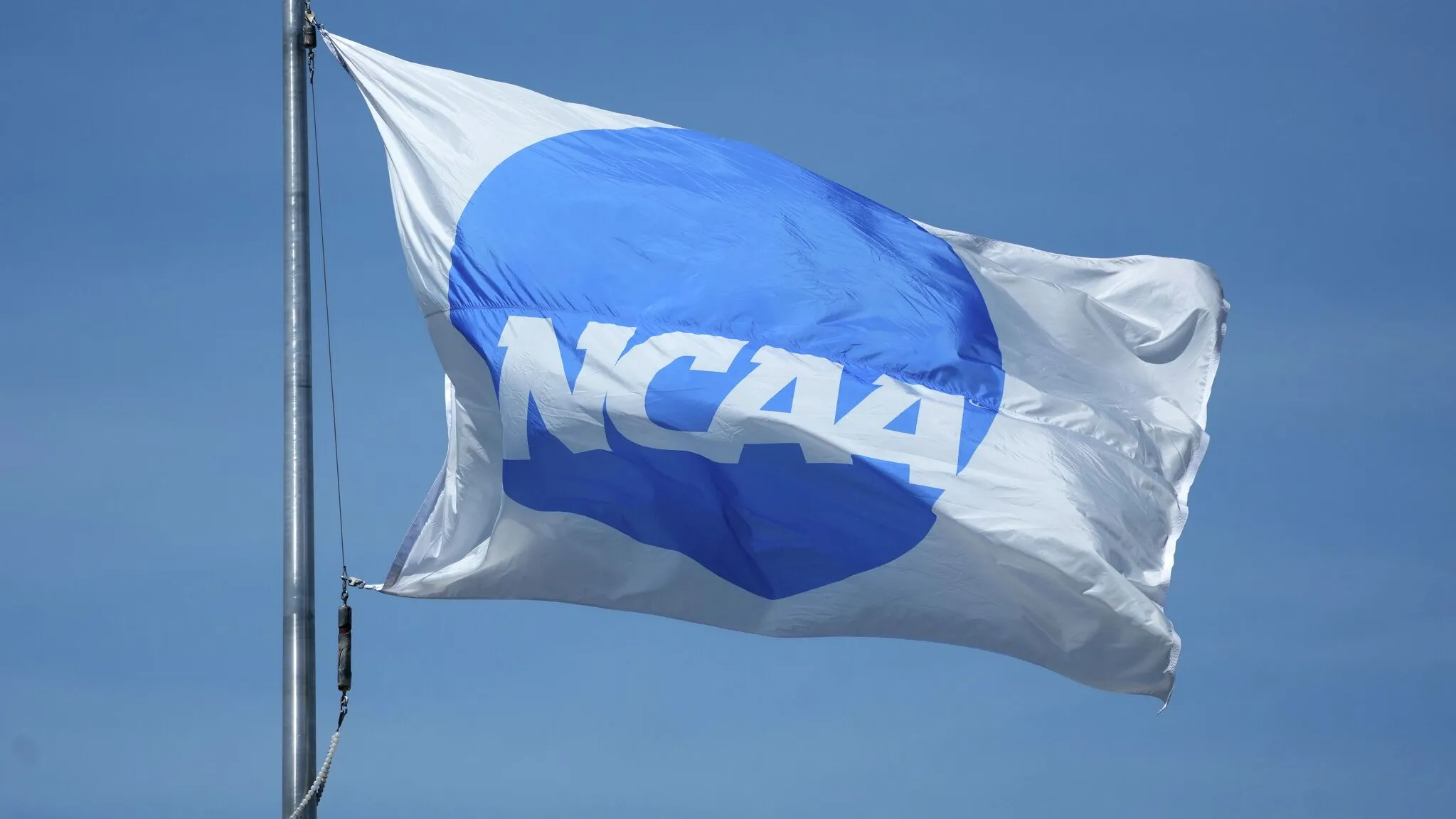
College sports: How does the NCAA define tampering, NCAA violations?
How did your country report this? Share your view in the comments.
Diverging Reports Breakdown
College sports: How does the NCAA define tampering, NCAA violations?
The NCAA has not said whether it’s investigating any tampering allegations involving Tech’s run of recruiting wins. Tampering is defined by the NCAA as impermissible contact with a student-athlete who is enrolled at another institution, especially when that contact is intended to encourage transferring to a different school. The NCAA will investigate a potential infraction by an institution and determine if what was done was a violation. If it is a violation, the association’s compliance office will determine how severe it is. There are varying degrees of NCAA infractions and they are outlined in Article 19.1.2-4 of the NCAA rulebook. For example, in November 2024, the NCAA announced that the USC Trojans football program was in violation of a rule by “exceeding the number of allowable number of coaches over two academic years” As a result, one of the punishments was to restrict analysts from “practice and film review for six consecutive days during two weeks of the 2024-25 season”, per the release.
Name, image and likeness deals, and resulting concerns, have greatly shifted the landscape of college sports and played a role in where student-athletes can transfer schools.
Texas Tech, lost to Texas softball in the Women’s College World Series, has been busy adding much of the top softball talent that was in the transfer portal. Some of those big names include former Tennessee third baseman Taylor Pannell, Florida infielder Mia Williams, UCLA two-way player Kaitlyn Terry, Southern Illinois infielder Jackie Lis and Ohio State catcher/utility Jasmyn Burns. All but Burns, an All-American, and Lis, three-time first-team All-MVC, made it to Oklahoma City with their respective teams.
With the Red Raiders’ roster finalizing, some ire has been drawn about the incoming transfers. Allegations of legal-but-questionable practices from the Texas Tech NIL collective Matador Club inspired new comments and debate.
At least one coming from Pannell’s former coach at Tennessee, Karen Weekly.
“I think we can all agree on 2 things: 1) women making money in sports is awesome and long overdue; 2) contacting players (directly or indirectly) before their season ends and signing them to NIL deals before they enter the portal is wrong. Money isn’t the issue – tampering is,” she said in a post on X.
Need a break? Play the USA TODAY Daily Crossword Puzzle.
The NCAA has not said whether it’s investigating any tampering allegations involving Tech’s run of recruiting wins.
But what constitutes tampering and to what level of suspicion will concern the NCAA to investigate?
What is tampering?
Tampering is defined by the NCAA as impermissible contact with a student-athlete who is enrolled at another institution, especially when that contact is intended to encourage transferring to a different school. This includes any communication with an enrolled student-athlete from another university — even if it’s seemingly casual — if the intent is to recruit them.
There can be no tampering if a student-athlete is in the transfer portal.
What types of tampering violations are there?
There are varying degrees of NCAA infractions and they are outlined in Article 19.1.2-4 of the NCAA rulebook.
A Level I violation is defined as actions that “seriously undermine or threaten the integrity of college sports; provide or are intended to provide a substantial or extensive recruiting, competitive or other advantage; are a substantial or extensive impermissible benefit”, according to the NCAA’s Violation and Structure Levels sheet.
Level II is similar to level one but less severe and involve conduct that may compromise the integrity of college sports. Tampering, or as it was previously referred to as poaching, is considered a Level II violation according to NCAA by-laws
Violations that could have occurred on accident or inadvertently fall under Level III.
What happens when an institution violates NCAA rules?
The NCAA will investigate a potential infraction by an institution and determine if what was done was a violation. If it is a violation, the association’s compliance office will determine how severe it is.
Each school has a compliance officer to answer any questions those within their athletic department may have about whether something is a potential NCAA violation or not. Or, those within the department have the ability to reach out to the NCAA Academic and Membership Affairs department, which will provide rules interpretations for specific scenarios encountered on campus or the recruiting trail.
Penalties if a violation was found could be a simple as a fine or as severe as a restriction of duties. For example, in November 2024, the NCAA announced that the USC Trojans football program was in violation of a rule by “exceeding the number of allowable number of coaches over two academic years,” the organization said. As a result, one of the punishments was to restrict analysts from “practice and film review for six consecutive days during two weeks of the 2024-25 season”, per the release.
Follow the American-Statesman on Facebook and X for more. Your subscription makes work like this possible. Access all of our best content with this tremendous offer.
